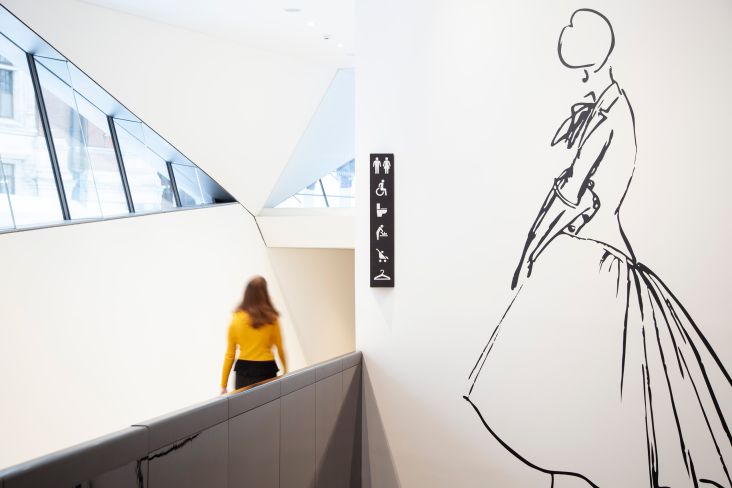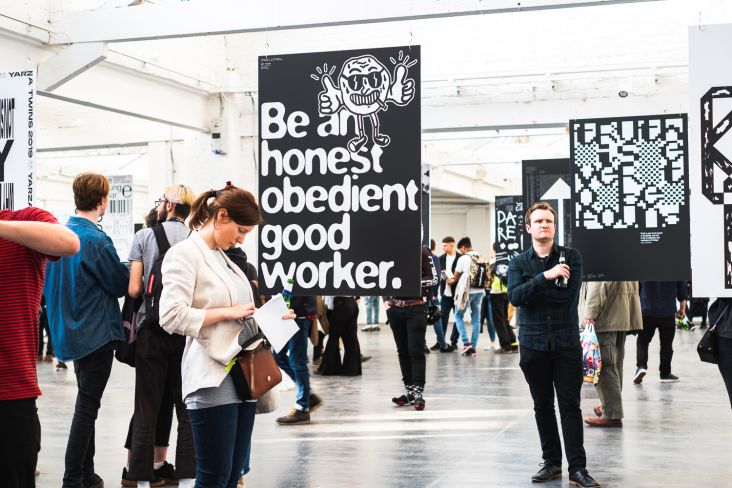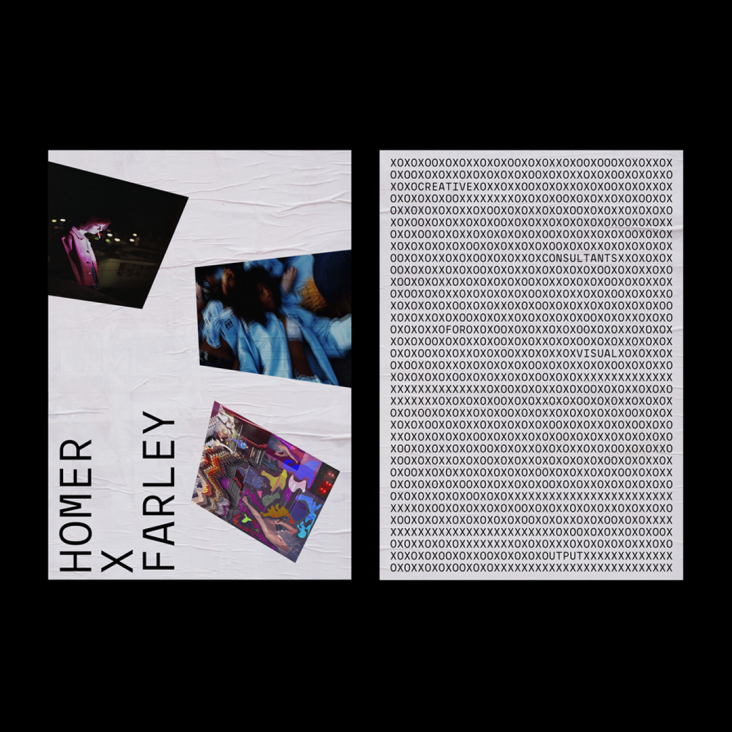The rise of the Anti-Curators: Why 'Unbranded' might be best
Who are the anti-curators? And why could a less curated, relaxed approach to your marketing build stronger emotional connections with your audience? Lisa Desforges, strategy director at B&B studio, talks us through the concept of 'unbranding'.

Image licensed via Adobe Stock
If you're one of the billion users of Instagram or 2.3 billion Facebook "friends", you'll know how deathly boring most brand content is.
Highly organised and scheduled to the minute, many companies pump out content that sticks rigidly to their brand guidelines, ticking all the colour, tone of voice, messaging and aesthetic boxes — in essence, doing everything "right".
But while brand guidelines are there for a reason, rules are there to be broken, and the flexibility of Instagram and other platforms means brands can afford to be more playful. More fun.
From Ryan Porter and Dirty Lemon to Gucci, the more progressive companies understand that when you live and breathe a brand, and truly understand your consumer, you can afford to loosen up a bit.
Behave less like a brand and more like a human
So, what does this look like in practice? And why does it work? It starts with an understanding that consumers are simply people. They're a mass of contradictions and, as such, are rarely consistent in what they're looking for online.
Strong brand relationships are built on emotional connections, so it's not surprising that we're more likely to follow social media accounts that don't feel curated or forced. The ones that feel more human, not like faceless machines or, frankly, brands. They reflect our values, and this is only achievable for brands that know who they – and their consumers – are.
The humanity of a brand is crucial. It elevates them beyond the product, enabling the creation of unique, engaging and relevant content that stops social media from looking like a supermarket shelf and makes it feel more like talking to your mates.
Why unbranded is best
Anti-curators aren't sector or scale specific, and curated, 'shop window' content still works for some – think Zara and its 33+ million Instagram following. But we’re increasingly seeing brands of all kinds stepping away from rigid guidelines and flexing their creative expression on social media.
Look at female-first razor brand Billie. From gifs of fluffy polar bears (‘When you’re not quite ready to let go of your winter coat...’) to slow-motion clips of a rose in the shower (‘Flower shower’), it’s tongue-in-cheek content – playful, shareable and – importantly – not just about the brand.
Then there's global media company Refinery29 which has built a large following of 2.3 million by sharing a wealth of easily re-postable content that connects with their followers’ values. Whether that’s a short quote like "It's okay not to be okay" or fun infographics like the 'Star signs as…' series (think boardwalk snacks, ice creams or reasons to drink rosé).
People like, comment and share because they connect with the sentiment. They engage because it's fun and playful, or powerful and meaningful. And they return because they’ve found a like-minded community.
Random, down-to-earth and informal clearly isn't going to work for everyone. But for brands that know themselves and their audience, and truly live these shared values, it’s time to join the rise of the anti-curators.




 by Tüpokompanii](https://www.creativeboom.com/upload/articles/58/58684538770fb5b428dc1882f7a732f153500153_732.jpg)

 using <a href="https://www.ohnotype.co/fonts/obviously" target="_blank">Obviously</a> by Oh No Type Co., Art Director, Brand & Creative—Spotify](https://www.creativeboom.com/upload/articles/6e/6ed31eddc26fa563f213fc76d6993dab9231ffe4_732.jpg)











](https://www.creativeboom.com/upload/articles/1d/1dbe6b0a2476f6465c577a4b36575ee4b1bf30a4_732.jpg)




